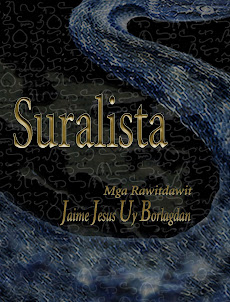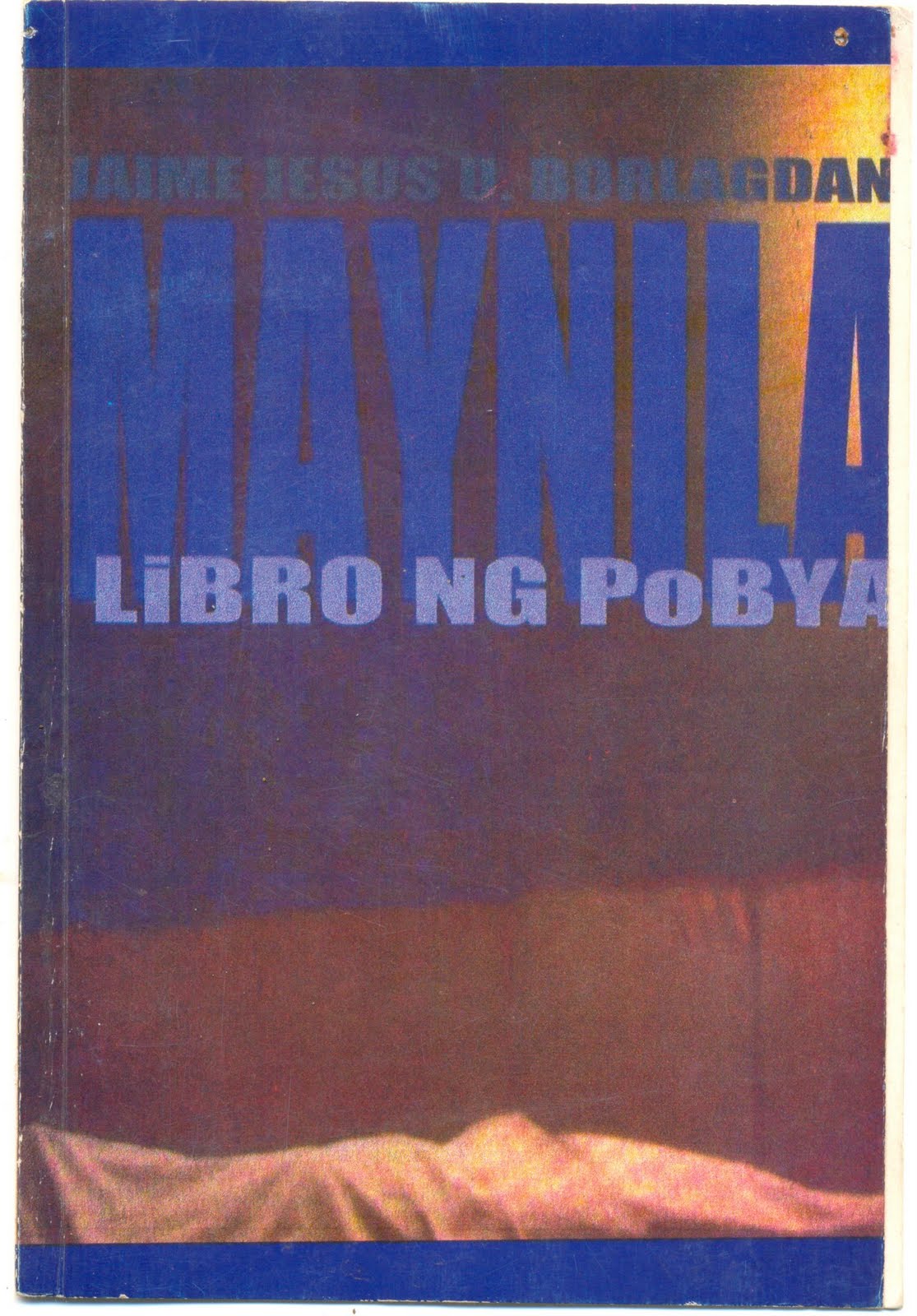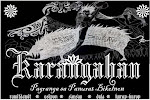 Radharani
Radharani
An gayon mo an nagkaag ki kulog sa kinaban
an nagbugtak ki sukol sa rayo kan mga bituon
sa disganar. Sa samuyang maan
buda kun sain ka nakatindog
igwang kurtina kan dai na sana
na sampulong ribong taon an hibog
garo kami nakatanaw
sa mag-abuton na dai nakakaabot
mantang ika naglalakaw
sa iba man na panahon.
Marso 22, 2008. Pawa.
/
Salin:
/
Ang ganda mo ang naglagay ng sakit sa mundo
ang naglagay ng sukat sa layo ng mga bituin
sa pagka-uyam. Sa aming tingin
at kung saan ka nakatayo
mayroong kurtina ng huwag na lang
na sampung libong taon ang kapal
para kaming nakatanaw
sa parating na di dumarating
habang ikaw ay naglalakad
sa iba namang panahon.
/
It was your beauty which put pain in the world,
which placed measure to the distance
of the stars in disinterest. In our vision
and from where you stand
there is a curtain of “never mind”
which is ten thousand years thick,
as if we are looking
at the future that never arrives
as you walk
in a different time.
An Gayon Mo an Nagkaag Ki Kulog Sa Kinaban
Posted by
Jai Jesus Uy Borlagdan
Friday, June 13, 2008
Labels: rawitdawit








2 comments:
Jimple,
Musta?
Just heard the song you sent me now. Killer riffs! Maorag padi. Remix mo na lang ta si solo sa outro dae gayong dangog.
Thanks!
Jimple,
Musta?
Just heard the song you sent me now. Killer riffs! Maorag padi. Remix mo na lang ta si solo sa outro dae gayong dangog.
Thanks!
Post a Comment